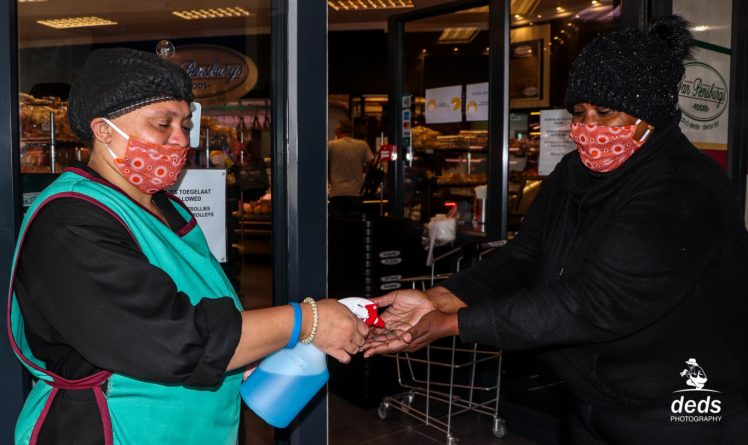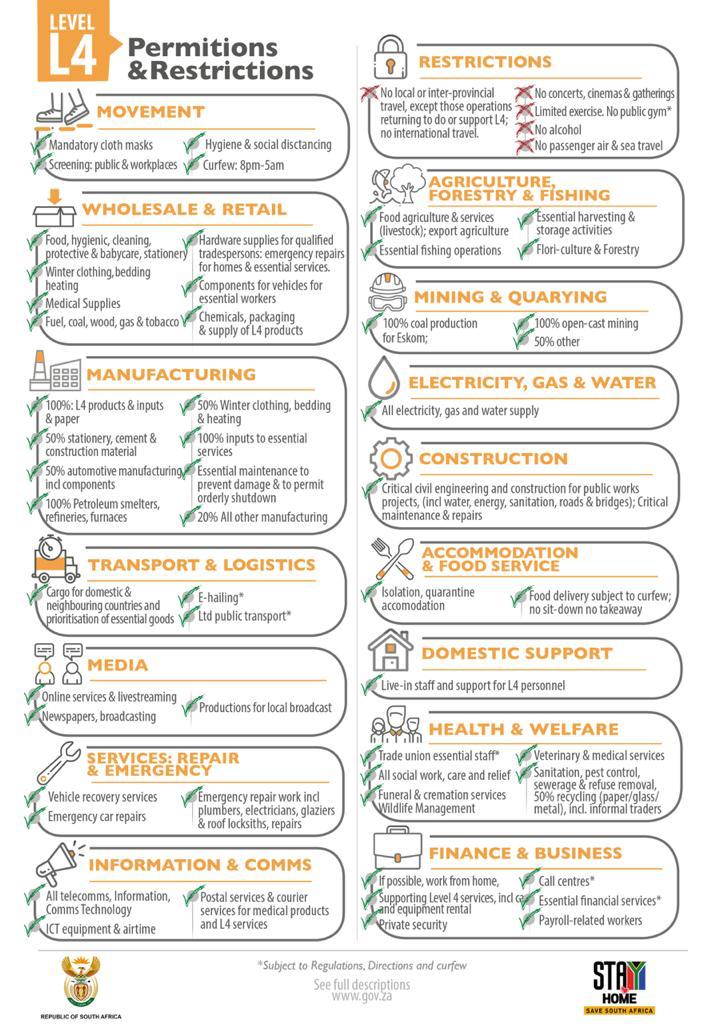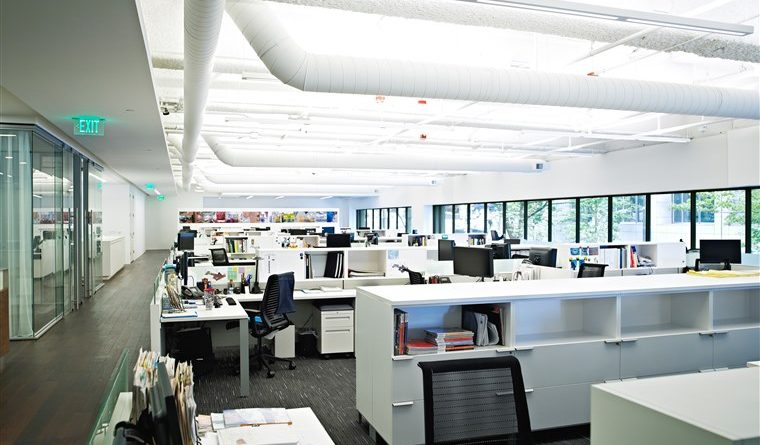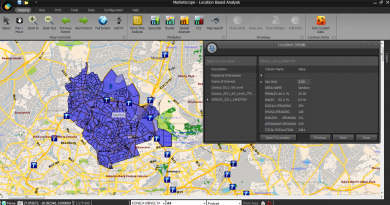Guidelines that could assist in business responses to the lockdown regulations
The national alert level from 1 May 2020 will be adjusted to level 4 however strict precautions will still be in place. Certain activities and businesses will be allowed to resume operations under a set of guidelines and in a phased manner. Further information will be provided next week.
Every business will have to adhere to detailed health and safety protocols to protect their employees, and workplace plans will be put in place to enable disease surveillance and prevent the spread of the infection.
All businesses that are permitted to resume operations will be required to do so in a phased manner, first preparing the workplace for a return to operations, followed by the return of the workforce in batches of no more than one-third of the staff compliment. Businesses will be encouraged to adopt a work-from-home strategy where possible. All staff who can work remotely must be allowed to do so.
The LPGSASA has shared some important advice and guidance to members on how to respond to #lockdown and the gradual lifting of restrictive measures:

1). Communication is key
• Focus on keeping customers and employees informed and up to date without causing panic. Communication has never been as vital as it is today. Many companies have closed most of its offices to the public and are utilizing social media, emails, and its website to relay messages to customers to reduce person interactions.
• Crisis management will differ greatly from company to company, circumstance to circumstance most companies have already exhibited sound crisis management actions, especially with regard to customer communication, during the COVID-19 pandemic.
• Communication is your greatest asset during times of crisis. Below are avenues to ensure your communication platforms are kept updated and relevant
• Update your website, even if it is a link from your homepage or a landing page for customers to see an outline of your emergency or crisis response policy or procedures.
• Take advantage of email platforms and send frequent updates as new information becomes available. If you do not already collect your customers’ email addresses, start making it a priority now.
• Keep your social media platforms updated. Create some templates that can be easily and readily modified as needed to post to social media.
• Develop and routinely update crisis response plans. This plan should outline your company’s responses to specific events. Define how you will communicate with your employees, customers, media, and the community.
2). Technology to reduce physical contact
• In addition to using technology to communicate with clients, companies have also been using technology to try and curb person-to-person contact between delivery drivers and customers. Orders and payments are also managed using various types of technology available.
3). Prioritize essential deliveries
• Address the coronavirus concerns by putting emergencies and deliveries to essential businesses at the top of the priority list. Create a schedule, so customers can have peace of mind knowing they will receive their orders.
4). Employee and customer health come first
• Whether an essential business or not, cautionary measures must be taken.
• Drivers should be equipped with personal protective materials, including face masks, extra gloves, and hand sanitizers etc.
• Advising workers who enter customers’ premises to maintain a safe distance and check that both parties feel healthy and comfortable. If one party feels at risk of getting sick, it can reschedule for a future date.
5). Preparedness
• While companies are adjusting to new ways of conducting business, there is an opportunity to use this time to prepare for future potential crises.
• Many companies have demonstrated great benefits of preparedness in the time of this pandemic.
• Have a crisis communication plan, in which employees were trained on how to conduct business during these unprecedented times.
• Trained employees on how to work from home and handle customer inquiries, which will allow for the transitions to be smoother
• It is better to be over-prepared and then not need to implement everything that you prepared, versus waiting too long and being unable to serve your employees, customers, and communities
6) Keep up to date with the latest Information
• Be aware of guidelines and regulations from reliable sources.
• Be aware of restrictions that might apply to businesses. Different sectors of the industry may have different requirements specific to their nature of business.
• Companies may already have some policies in place for deliveries and entry to facilities. These may need to be modified or specific procedures may need to be developed based on the rapidly developing changes in this unprecedented situation. Modifications to operating procedures may need to be made very frequently. Communication with employees may need to be done on a frequent or as-needed basis depending on the situation.

7). Operational Considerations
• Additional training for employees on COVID-19 and company policies on interaction with customers and co-workers.
• Procedures or prohibitions for customers/vendors that may come to offices or other company buildings.
• Updating procedures for employees at customer and other locations
• Procedures for entering an occupied building for routine work.
• Procedures for entering an occupied building for emergencies.
• Is there an ability for social distancing when entry is made to an occupied building?
• Is there a way to determine if there are ill people or confirmed cases of COVID-19 prior to entering an occupied building?
• Is there specific Personal Protective Equipment (PPE) that may be required for entry to the buildings (hospitals, health care facilitates, nursing homes etc).
• Procedures for employees if residents prohibit employee’s entry to a building in an emergency.
• Can certain procedures at customer locations be modified to reduce personal contact?
• Are there any specific procedures that delivery personnel can change to reduce customer interaction?
• Are there opportunities for office employees to work remotely?
• Can employees’ schedules be staggered to reduce contact between employees?
• How are work areas, including vehicles, disinfected if used by multiple employees?
• Are employees equipped with the necessary Personal Protective Equipment (PPE) for the type of exposures that they may encounter? (i.e. Gloves, disinfectant, eye protection)
• Increased communications with customers on how your organization is operating during this crisis.
8). Customer Interactions
• Before entering a customer’s premises/ home, if anyone is present, employees should ask if they or anyone in the premises is sick in any way or experiencing symptoms, including fever, coughing and/or shortness of breath.
• Whenever possible rely on phone, text, email, teleconferencing, or other electronic communication methods to communicate with customers, instead of in-person conversations.
• Facemasks and gloves should be used on service calls. If used, follow established glove and mask protocols, including proper disposal.
• If your company offers online delivery/service requests and payments, encourage customers to pay their accounts online and to call your office only in the event of an emergency.
• If possible, send delivery and service invoices by mail or switch to electronic invoicing instead of leaving invoices on delivery.
• Avoid all direct contact with customers and maintain the maximum distances possible.
• On service calls, if the customer has separate access to their appliances, try to request in advance that they make the area available to you directly.
• Follow established company policies for customer instructions and responding to customer locations.
• If there are sick occupants that need to be evacuated, contact the necessary emergency numbers for instructions or response.
• If entry into certain facilitates is not recommended or prudent, the system should be secured and tagged.
9). Employee Interactions
• Follow Government and the World Health Organization (WHO) guidelines for minimizing the risk of exposure.
• Clean and disinfect surfaces that are touched frequently. These include desks, keyboards, office and mobile phones, doorknobs, faucet handles, vehicle door handles, steering wheels, etc.
• If possible, instruct delivery and service personnel to perform their duties without interacting in person with the office staff. For example, electronically send work orders, delivery orders, and driver routes.
• Sick employees are a risk to others; it is recommended that they seek medical attention or remain at home until well enough to return to work.
• Where possible, segment work teams into isolated smaller units so that an outbreak in one unit does not necessarily affect all.
• Where possible, stagger shifts or starting times to reduce employee interaction.
• There are many rapidly changing laws and regulations related to sick leave, paid leave, and essential employees. Keep up to date with the latest Government regulations as the situation evolves.
Each organization has unique operational functions and working conditions. Therefore, it is important for companies to develop their own operating procedures, identify risks and possible exposures, and take actions that they feel are appropriate for their operations.
While this crisis continues to play out, once again do not underestimate the value of open and consistent communication, as well as proactive steps.





